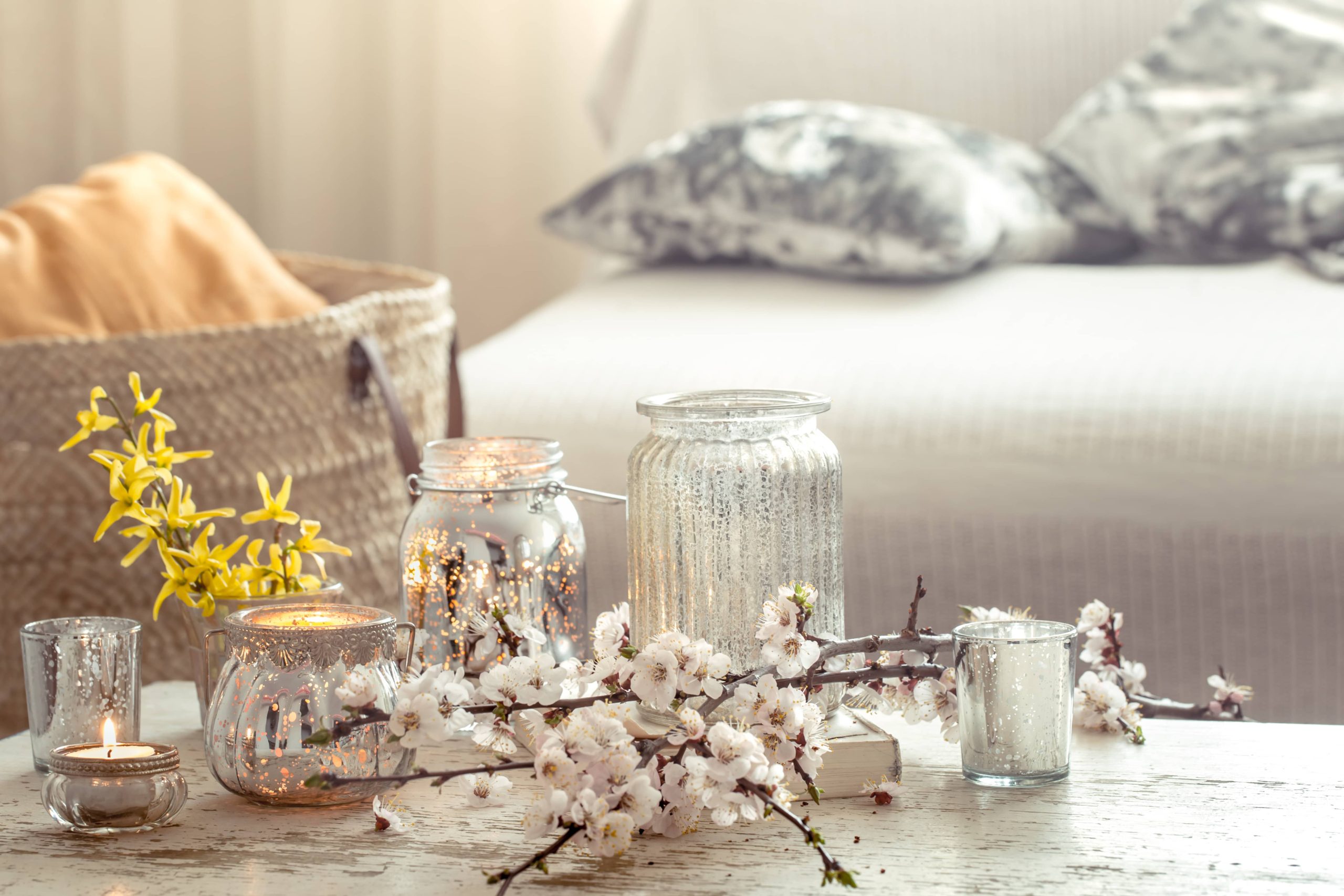
When we think of home decor, our thoughts often drift to color palettes, furniture styles, and perhaps patterns. While these are undoubtedly important, one element of decor often goes unnoticed by the novice stylist yet is indispensable to any well-curated space: texture. Texture is the unsung hero that brings depth, warmth, and character to a space, transforming a house into a home. In this blog post, we’ll delve into why texture plays such a vital role in home decor and how you can incorporate it effectively into your interior design plans.
Understanding Texture in Interior Design
At its core, texture refers to the surface quality of materials: it is both a visual and tactile experience. When you look at a plush velvet pillow, you can almost feel the softness with your eyes. Similarly, the roughness of exposed brick or the sleekness of a marble countertop are textural qualities that attract the senses and bring life into a room. In essence, texture enhances the sensory experience of a space.
Why Texture Matters
1. Adds Depth and Dimension:
Texture takes a room from flat to fabulous. A space filled with uniform materials can feel one-dimensional and sterile. By introducing various textures, such as a rustic wool throw over a smooth leather sofa or a woven jute rug on a polished wooden floor, you create layers that add depth and intrigue to the room. Textural contrast avoids the monotony of a single-material setting and invites visual exploration.
2. Enhances Visual Interest:
Texture can guide the eye around a room, keeping it engaged and curious. A space rich in texture encourages people to move around and experience the different qualities of each item. Imagine a living room where sleek, shiny metal frames sit alongside soft, worn leather, and where a glimmering glass vase contrasts with a matte ceramic sculpture. This interplay keeps the eye interested and helps define different areas and focal points within the room.
3. Brings Warmth and Comfort:
Texture can completely alter the perceived temperature of a room. Soft, tactile materials like wool, cotton, and velvet suggest warmth and comfort, perfect for cozying up interiors, especially during the colder months. On the other hand, materials like glass and metal can add coolness and a modern edge. By balancing these elements, you can create a harmonious environment that feels both balanced and inviting.
4. Defines Style and Tone:
Different textures evoke different styles and moods. Rough, natural textures such as raw wood, stone, or burlap often give a rustic or industrial feel. In contrast, sleek, smooth textures like lacquered surfaces, glass, and metal convey a modern or minimalist ambiance. Consider the overall tone you want to achieve in your space and select textures that align with that aesthetic.
5. Aids in the Cohesion of Different Elements:
Texture acts as an intermediary between diverse elements in a room, binding the different features into a cohesive whole. By repeating certain textures in various elements, such as textiles, furniture, and decorative pieces, you can create a rhythm and harmony in the decor scheme that unifies disparate elements.
How to Incorporate Texture into Your Home
Now that we understand the importance of texture, let’s explore some practical ways to incorporate it into your home decor:
1. Mix Materials:
Start by integrating different materials within the same space. Pair a wooden coffee table with a glass vase and a fabric sofa to create interesting contrasts. In a dining room, consider combining a high-gloss table with upholstered chairs for a soft touch.
2. Layer Textiles:
Textiles are perhaps the easiest way to add texture. Consider layered rugs, with a thick shag or patterned woven rug over a simpler jute base. Add cushions and throws in a variety of materials, such as silk, fur, linen, or wool, to add layers of comfort and style. Pay attention to window treatments as well—consider layering sheer and heavy curtains for an extra dimension.
3. Utilize Wall Finishes:
Walls offer a significant opportunity for textural variety, from wallpaper and faux finishes to wood paneling and tiles. Consider a brick wall for an industrial vibe or textured plaster for a Mediterranean feel. The options are almost limitless.
4. Incorporate Natural Elements:
Nature is a master of texture, and bringing natural elements indoors can add instant warmth and depth. Consider including materials like stone, rattan, or leather. Houseplants, with their varying leaf textures and forms, not only enhance decor but also improve air quality.
5. Creative Use of Lighting:
Lighting can accentuate texture in your home. Use spotlights on textured surfaces like a brick wall or a tiled backsplash to cast shadows that highlight their inherent details. Soft ambient lighting can also enhance the warmth of textured materials like woven baskets or wooden furniture.
6. Experiment with Accessories:
Small decorative objects can also add texture to a room. Consider vases with rough surfaces or smooth, glossy sculptures. A collection of items with different finishes can serve as a statement piece on a shelf or console table.
Conclusion
Incorporating texture into your home decor is an art, one that pays dividends in terms of depth, warmth, and style. By thoughtfully combining different textures, you can create a space that not only looks stunning but also feels welcoming and personalized. The beauty of texture lies in its versatility; whether you’re aiming for a rustic charm, minimalist elegance, or opulent luxury, there’s a textural palette that will elevate your space. So next time you’re planning a decor update, give texture the attention it deserves; it’s the secret ingredient that will turn your design dreams into a tactile reality.







